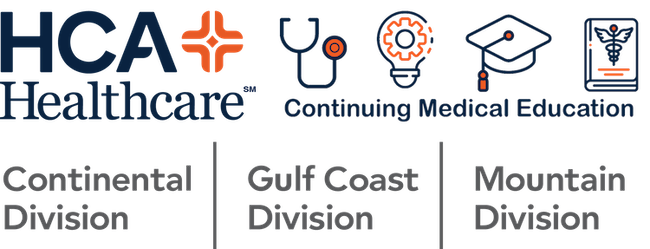Title
Category
Credits
Event date
Cost
- EMS Trauma
- 1.00 AMA PRA Category 1 Credit™
- 1.00 Attendance
$0.00
Blast injuries can be complicated to care for, especially in an MCI setting. During this lecture, Dr. Eric Hills speaks about his experience both in the military and in the EMS field on how to manage these calls. Trauma care best practices and scene management will also be discussed, along with case reviews to solidify the newly learned information.
- EMS Airway
- 1.00 AMA PRA Category 1 Credit™
- 1.00 Attendance
$0.00
In this course, we will be reviewing basic capnography interpretation and using that to build into the advanced skills. Dr. Loner will review best practices in capnography, techniques that has worked over the years for her as an emergency physician, and troubleshooting steps if your capnography is not working. Lastly, we will go over case reviews to help solidify the newly learned information.
- EMS Cardio
- 1.00 AMA PRA Category 1 Credit™
- 1.00 Attendance
$0.00
Chest pain is a common call EMS runs in the field. Being diligent in your assessment and care is important in treating these patients. This course will go over basic anatomy, what defines chest paint, and several reasons why someone may have chest pain. Dr. Pineda will also discuss current EMS protocols and treatment plans of the chest pain patient, ending the course with case reviews.
- EMS Airway
- EMS Cardio
- 1.00 AMA PRA Category 1 Credit™
- 1.00 Attendance
$0.00
This case-based presentation will cover a variety of respiratory complaints that EMS providers commonly respond to. We will review capnography and how to use it most effectively as a diagnostic tool. This was presented during the COVID-19 Pandemic and thus includes the complications and considerations related to COVID-19 with chronic and acute respiratory complaints.
- EMS Operations
- 1.00 AMA PRA Category 1 Credit™
- 1.00 Attendance
$0.00
Emergency Medical Services is constantly shifting and updating its practices as medicine evolves. But how do we access scientific journals and other materials that these new practices are being based on? Dr. Wanna discusses the process of reviewing medical journals, where to find them, and ensuring they are accurate in their reporting’s. He also discusses how peer-reviewed medical journals are an important, established, and credible means of communicating clinical trial results and other relevant scientific information to the medical community.
- EMS Medical
- 1.00 AMA PRA Category 1 Credit™
- 1.00 Attendance
$0.00
This case-based presentation will discuss the different legal documents related to end of life care, medical orders and palliative care. We will share in-depth approaches to the care for patients who wish for limited interventions related to end of life care. This lecture will define the role of family members and medical power of attorney in end of life care and when and how to utilize them appropriately.
- EMS Medical
- 1.00 AMA PRA Category 1 Credit™
- 1.00 Attendance
$0.00
This course is designed to provide an overview of common presentations of various high-altitude emergencies as well as related complications. Gaining significant elevation can have a major impact on healthy individuals and those with chronic conditions. We will focus on the three most common presentations including: acute mountain sickness, high altitude pulmonary edema and high-altitude cerebral edema and how to manage these presentations in the prehospital environment.
- EMS Medical
- 1.00 AMA PRA Category 1 Credit™
- 1.00 Attendance
$0.00
Hypothermia can be seen in a variety of settings in the first responder setting. This course will discuss what hypothermia is, what types of calls you will see it in, and how to best care for your hypothermic patients. This course will also review cases and current best practices regarding hypothermic patients in the prehospital setting.
- EMS Trauma
- 1.00 AMA PRA Category 1 Credit™
- 1.00 Attendance
$0.00
Limb threatening emergencies can come in a variety of different settings for the prehospital provider. Traumatic injuries is the main cause of most limb injuries but there are some cases in medical emergencies that can cause a limb injury. This activity outlines the best practices in limb threatening emergencies in the prehospital setting and focuses on how to improve managing them. This activity also discusses best practices and how EMS can improve their care of injured limbs.
- EMS Cardio
- 1.00 AMA PRA Category 1 Credit™
- 1.00 Attendance
$0.00
Left Ventricular Assist Device (LVAD) use is becoming more prevalent in the chronic cardiac patient population. These devices are very specialized and complex and the out of hospital management of a patient who has a LVAD can be challenging. This talk will address the best practices associated with prehospital management of patients with LVADs. This will cover the basics of what a LVAD is, why a patient would need one and how they function. This is designed to give insight regarding how to manage LVADs in the pre-hospital setting, including risks, pitfalls and related emergencies.

 Facebook
Facebook Twitter
Twitter LinkedIn
LinkedIn Forward
Forward